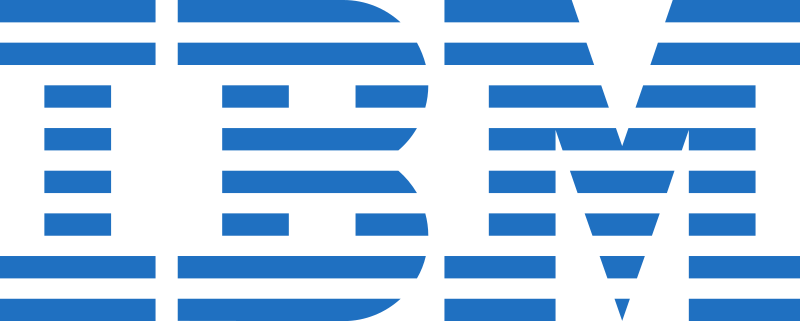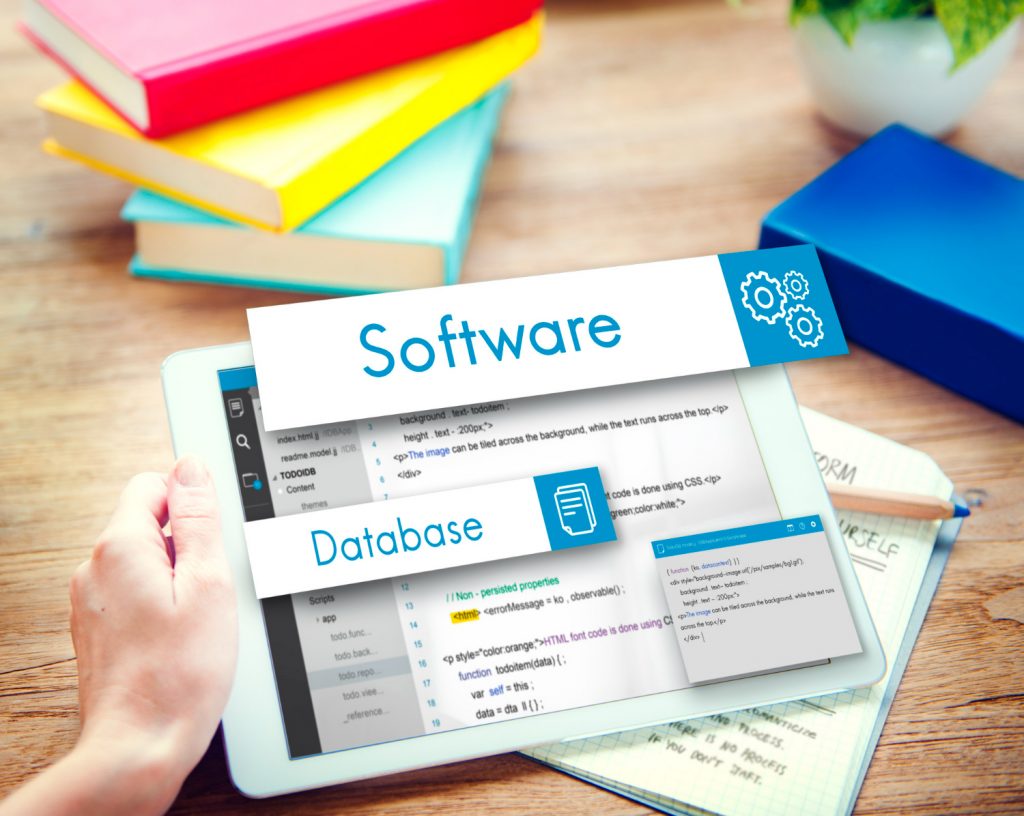
A Guide to Integrating Physical Access Control with HR Tools
Explore the seamless integration of physical access control with HR tools in our informative guide. Learn how to optimize security measures and create effective desk management systems for a more efficient and secure workplace environment.








